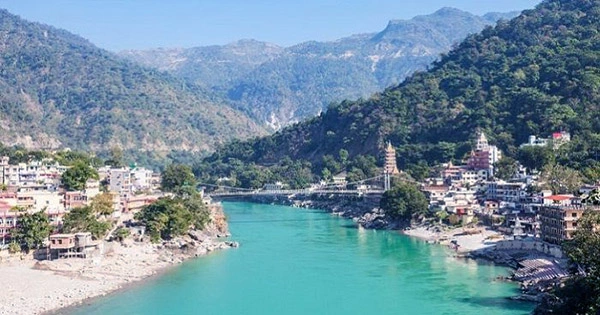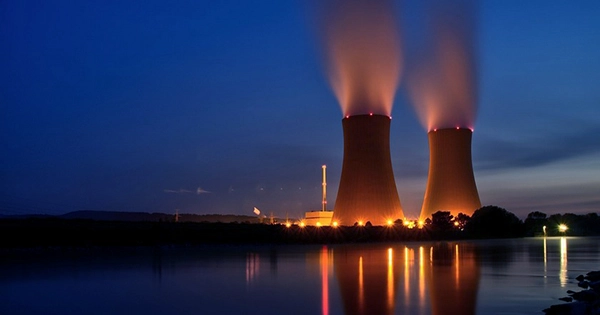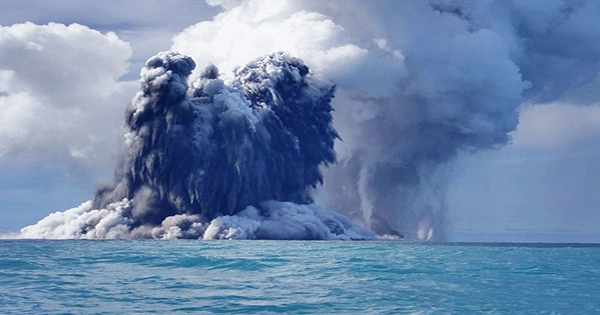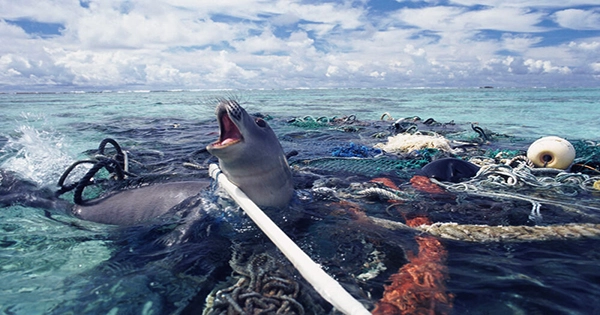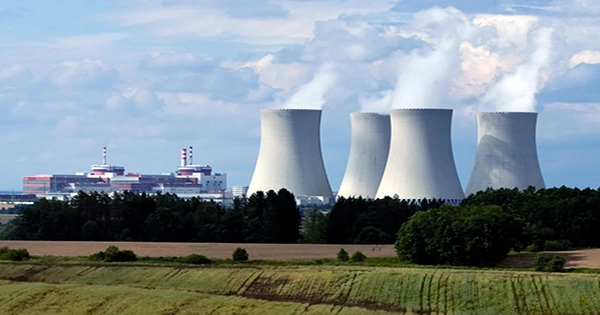India and Bangladesh are both crossed by the trans-boundary river known as the Ganga. In India, it is referred to as the Ganga, and globally, as the Ganges. Additionally, it is known by the name Ganges. It is 2,525 kilometers long (1,569 miles). In Hinduism, it is revered as being extremely sacred. It originates in the North Indian state of Uttarakhand and runs over the Gangetic plains. River Ganga flows primarily in a northwest to southeast direction. The flow is typically southward near the delta, though.
Numerous millions of people have relied on the Ganga for their everyday necessities from the beginning of time. The towns and communities along its banks have greatly benefited from it, and it is of significant economic, cultural, and environmental importance. It passes through numerous Indian cities. the most significant towns along the Ganga River’s banks are named
The Ganga River flows through Uttar Pradesh, Bihar, West Bengal, and Jharkhand in addition to Uttarakhand. Therefore, it travels through numerous cities in these states. Haridwar, Rishikesh, Kanpur, Jajmau, Allahabad, Mirzapur, Ghazipur, Patna, Bhagalpur, Baharampur, Kolkata, and Bhagalpur are a few examples of significant cities. Let’s learn more about it.
The effects of the Ganga on major cities in Uttarakhand and Uttar Pradesh
Haridwar is a city in Uttarakhand that is 253 kilometers away from the Ganges River’s mouth at Gaumukh on the edge of the Gangotri Glacier. It is one of the four locations that host the Kumbha Mela. Compared to other places that it goes through, this city’s Ganga water is the cleanest and frostiest. The stormy season, however, does not exhibit this trait.
This city is found in the Indian state of Uttar Pradesh and is situated on the Ganges River’s right bank. The water level in the city never rises because of this location’s elevation above the Ganga River. The main city in the Indian state of Bihar is Patna, which has a breadth of 8 kilometers along the southern bank of the river. It crosses Son, Gandak, and Punpun here. Here, the River Ganga leads to extremely fertile alluvial-rich fields that produce rice, sugarcane, and other crops.
The second-largest city in Bihar, after Patna, is Bhagalpur, which is located on the southern banks of the Ganga. It has a sizable Ganga River port known as Champanagar, which is currently called Champanala. The Vikramshila Gangetic dolphins Sanctuary is also home to the well-known Vikramshila Gangetic dolphins.
The seventh-largest city in West Bengal is called Baharampur. Additionally, this city is a fantastic producer of jute.
The Indian state of West Bengal’s capital, Kolkata, is located on the east bank of the Hooghly stream. It is located in eastern India’s lower Ganga delta.
In Jharkhand’s Sahebganj district, the Ganga first approaches the state line. It is 80 kilometers long and runs east at this point.
Rice, potatoes, oilseeds, and other crops are produced using the water that the Ganga River and its tributaries supply as an ongoing irrigation source. In addition, it offers fishing chances. As a result, millions of people travel from India to the three sacred cities of Hinduism—Haridwar, Allahabad (Prayagraj), and Varanasi—to take a bath in the Ganga. This helps to promote travel. In addition, it draws adventure seekers to the town of Rishikesh during the summer.
You must be well knowledgeable on the religious, historical, ecological, and economic effects that the Ganga River has on the cities that line its banks. In conclusion, the Ganges is India’s principal river. Rich varieties of flora and wildlife can live there and benefit from the soil’s extreme fertility. It still has a serious pollution problem.
